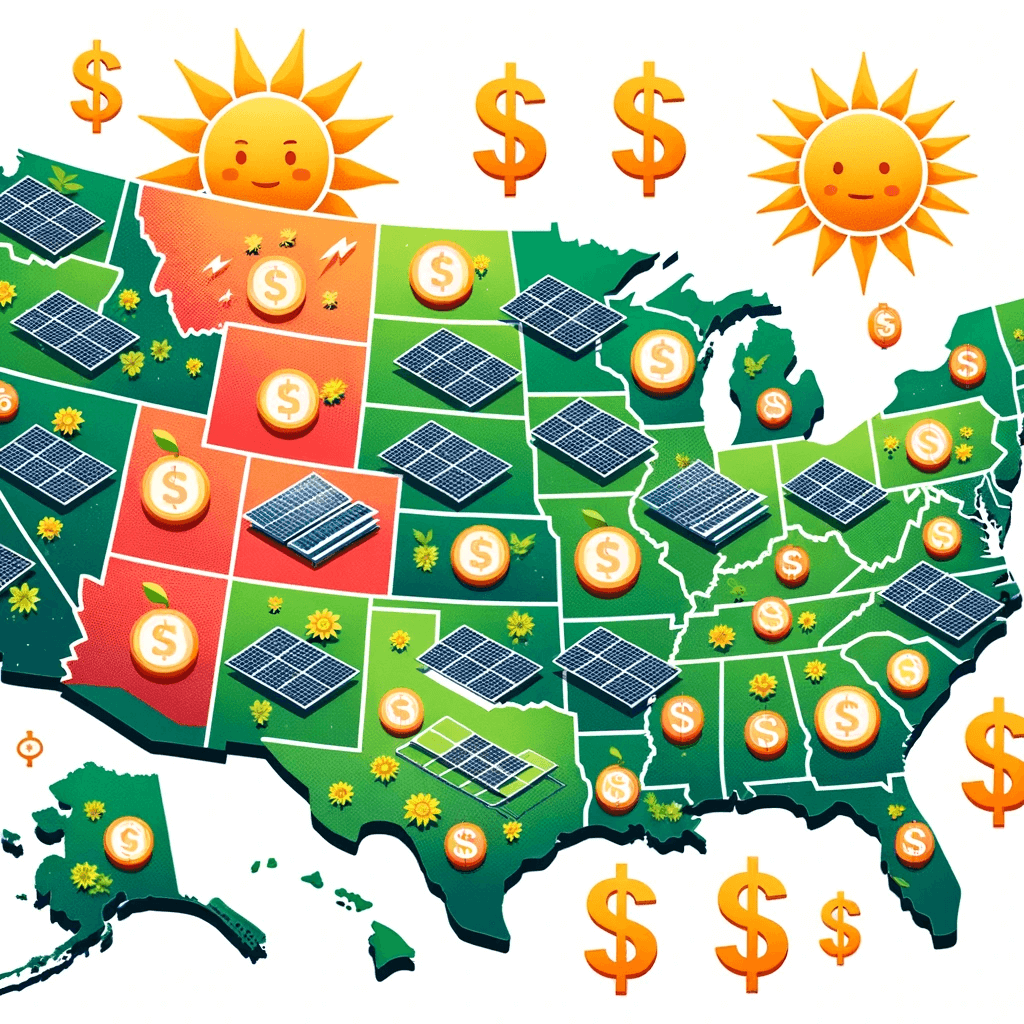High-Efficiency Solar Panels and Diverse Solar Cell Types
Harnessing the Sun's Energy Like Never Before
As the world continues its transition toward cleaner energy sources, high-efficiency solar panels have emerged as key players in the realm of renewable energy. The journey to harnessing solar power's full potential involves understanding the various types of solar cells that drive these panels. This blog post delves into the fascinating world of high-efficiency solar panels and the diverse range of solar cell technologies behind them.
1. Monocrystalline Solar Cells: A Pinnacle of Efficiency
Monocrystalline solar cells stand as the epitome of efficiency in the solar panel industry. Their distinctive black appearance and uniform construction are the result of single-crystal silicon production. The consistency in crystal structure enables these cells to convert sunlight into electricity with remarkable efficiency, typically reaching 20-22%.
2. Polycrystalline Solar Cells: A Balance of Performance and Affordability
Polycrystalline solar cells are recognizable by their blue, mosaic-like appearance. These cells are crafted from multiple silicon fragments, which gives them a slightly lower efficiency compared to monocrystalline cells (typically around 15-17%). However, they often come at a lower cost, making them a popular choice for cost-conscious consumers.
3. Thin-Film Solar Cells: Versatility Meets Innovation
Thin-film solar cells are a departure from the traditional crystalline cells. Made by depositing ultra-thin layers of photovoltaic material onto a substrate, these cells are known for their flexibility and versatility. While their efficiency can vary depending on the specific material used (amorphous silicon, cadmium telluride, or copper indium gallium selenide), thin-film cells have found applications in niche markets and emerging technologies.
4. Bifacial Solar Cells: Harvesting Sunlight from All Angles
Bifacial solar cells are designed to capture sunlight from both the front and rear sides of the panel. By reflecting and absorbing light that strikes surfaces like rooftops or the ground, these cells can achieve greater overall efficiency compared to traditional one-sided cells. This technology holds promise for optimizing energy generation, especially in environments with ample reflective surfaces.
5. PERC (Passivated Emitter and Rear Cell) Technology: Boosting Efficiency
PERC technology enhances cell efficiency by incorporating a passivation layer on the rear side of the cell. This layer reduces electron recombination, allowing more electrons to be collected and converted into electricity. PERC technology has become a staple in the industry, pushing the efficiency of monocrystalline cells to new heights.
6. Heterojunction Solar Cells: Merging Layers for Greater Efficiency
Heterojunction solar cells combine layers of different materials to create more efficient charge separation and collection. These cells leverage amorphous silicon and crystalline silicon layers, minimizing energy loss and achieving impressive efficiencies in the range of 22-24%. Their potential for higher performance has led to partnerships between solar manufacturers and electronic giants.
7. Tandem Solar Cells: Stack for Success
Tandem solar cells stack multiple layers of different solar cell materials on top of each other to capture a broader spectrum of sunlight. This approach maximizes energy conversion by allowing each layer to absorb a specific portion of the solar spectrum. Tandem cells are an emerging technology with the potential to push solar cell efficiency beyond current limits.
Frequently Asked Questions (FAQ)
-
As of recent advancements, tandem perovskite solar cells have shown impressive efficiencies. However, traditionally, monocrystalline silicon solar cells have been considered the most efficient among commercial options.
-
Of the three main types – monocrystalline, polycrystalline, and thin-film – monocrystalline solar panels are generally the most efficient. They typically have an efficiency range of 15-20%.
-
The three primary types of solar cell panels are:
Monocrystalline Solar Panels: Made from a single crystal structure, they offer the highest efficiency.
Polycrystalline Solar Panels: Composed of multiple crystal structures, they are slightly less efficient but more affordable.
Thin-Film Solar Panels: Made by placing one or more films of photovoltaic material onto a substrate, they are the least efficient but are flexible and can be used in diverse applications.
Shaping a Brighter Energy Future
The pursuit of high-efficiency solar panels has led to a remarkable diversity of solar cell types, each with its own unique advantages and applications. From monocrystalline and polycrystalline cells to innovative technologies like bifacial, PERC, heterojunction, and tandem cells, the solar industry continues to push boundaries and redefine what's possible in renewable energy.
As these technologies advance, the future of solar power looks increasingly promising. With each leap in efficiency, we inch closer to a world powered by the boundless energy of the sun.





